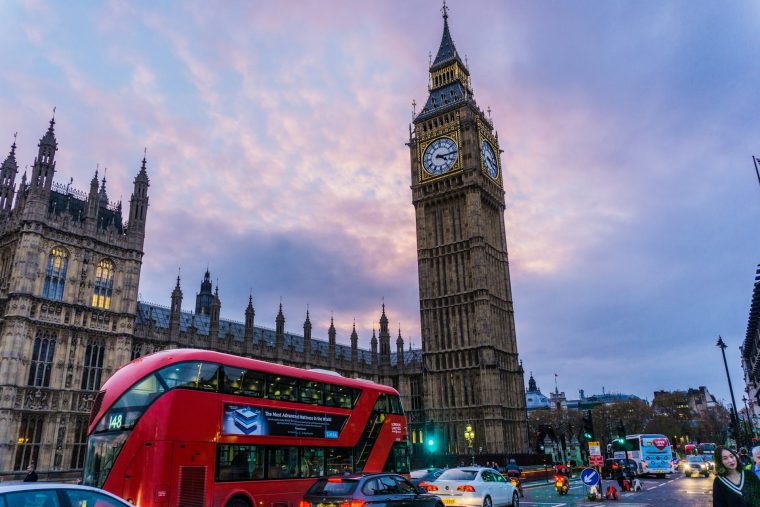London is a city steeped in history, with centuries of culture, politics, and art woven into its streets and buildings. As you wander through the capital, you’ll find yourself surrounded by historical landmarks. These landmarks tell the story of a city shaped by monarchs, revolutions, and world-changing events. Exploring these landmarks offers a fascinating glimpse into London’s past. These historical sites will take you on a journey through time. Whether you’re a history enthusiast or simply curious about the city’s rich heritage, you’ll enjoy your time exploring these creatures.
The Tower of London: A Fortress, Palace, and Prison
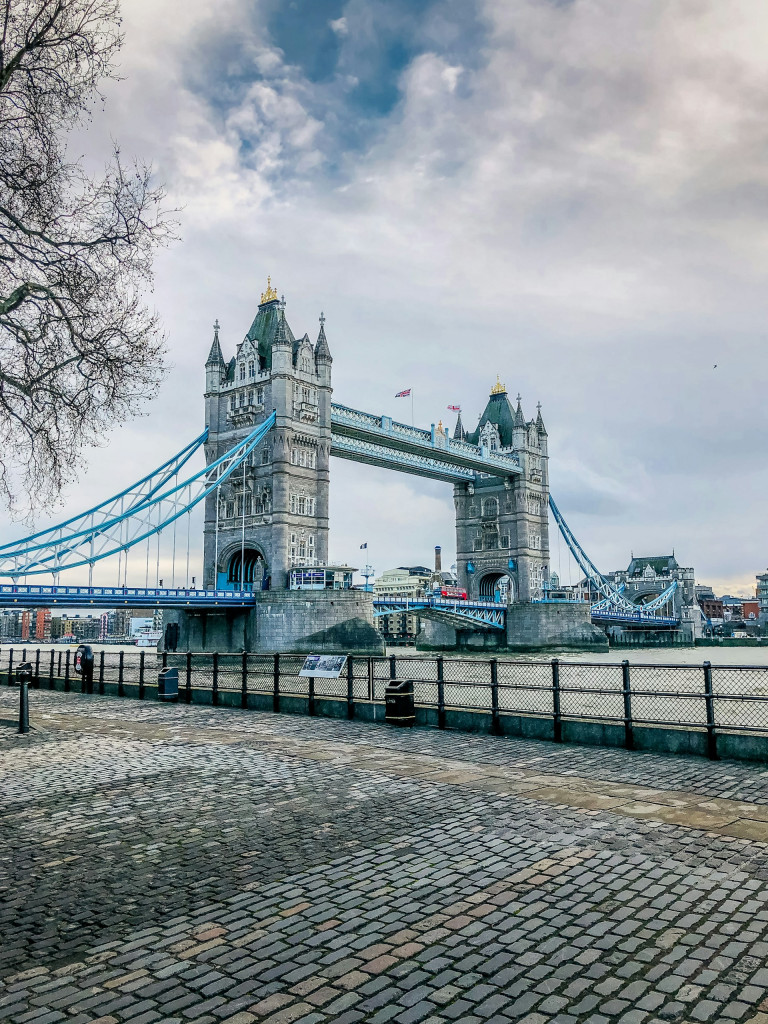
Photo by Fabian Kühne on Unsplash
One of London’s most famous historical landmarks is undoubtedly the Tower of London. This landmark was found in 1066 by William the Conqueror. This imposing fortress has served multiple purposes over the centuries. Including as a royal palace, a prison, and even a zoo. Today, it’s most famous for housing the Crown Jewels, a dazzling collection of royal regalia.
As you explore the Tower, you’ll walk through its ancient walls. There you can see the Bloody Tower, the famous one. And you can also visit the White Tower, which stands at the heart of the complex. The Yeoman Warders, or Beefeaters, offer guided tours that bring the Tower’s tumultuous history to life, sharing tales of intrigue, treason, and royal executions.
Westminster Abbey: A Royal Resting Place
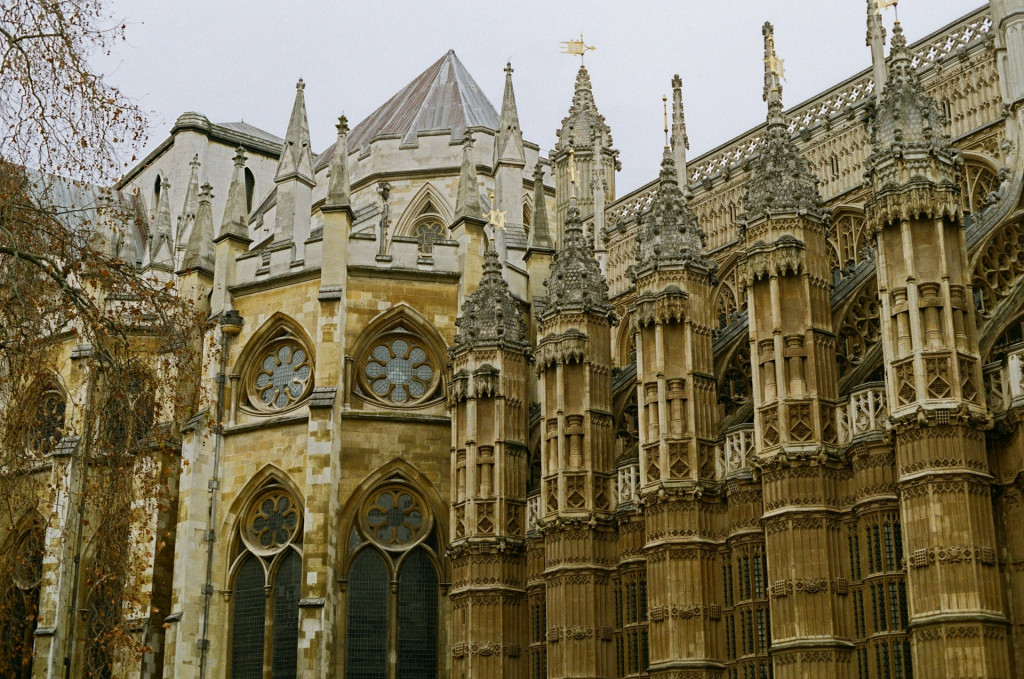
Photo by Hannah Smith on Unsplash
Just a short distance from the Tower, you’ll find another of London’s key historical landmarks, Westminster Abbey. This majestic Gothic church has been the site of coronations since 1066. It is the final resting place of many British monarchs, including Elizabeth I and Mary, Queen of Scots. Beyond royalty, the Abbey is also the burial place of renowned poets, scientists, and statesmen, such as Charles Darwin and Geoffrey Chaucer.
When you step inside, the soaring ceilings and intricate stained-glass windows immediately transport you to a time of grandeur and tradition. Walking through the Nave, you’ll feel the weight of history beneath your feet. This is because you’re surrounded by the graves of some of Britain’s most influential figures.
The Houses of Parliament and Big Ben
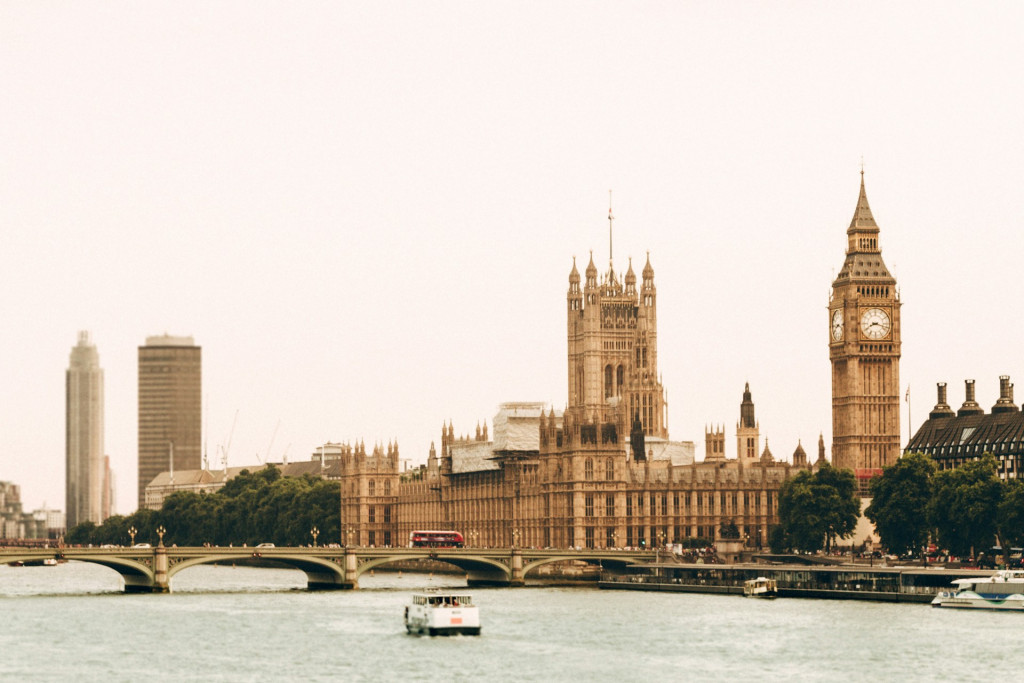
Photo by Ugur Akdemir on Unsplash
A visit to London wouldn’t be complete without seeing the Houses of Parliament and Big Ben, another iconic historical landmark. The Gothic revival architecture of the Palace of Westminster, which houses the UK’s Parliament, stands as a symbol of British democracy. Big Ben, the clock tower officially named the Elizabeth Tower, is one of the most recognized symbols of London.
Guided tours of Parliament offer a rare glimpse inside this seat of political power. You’ll learn about the workings of the British government, from the House of Commons to the House of Lords. The tour takes you through grand rooms filled with ornate furnishings and historic artwork, providing insight into both the building’s past and present significance.
You might like: Discover the Delights of French Cuisine
St. Paul’s Cathedral: A Testament to Resilience
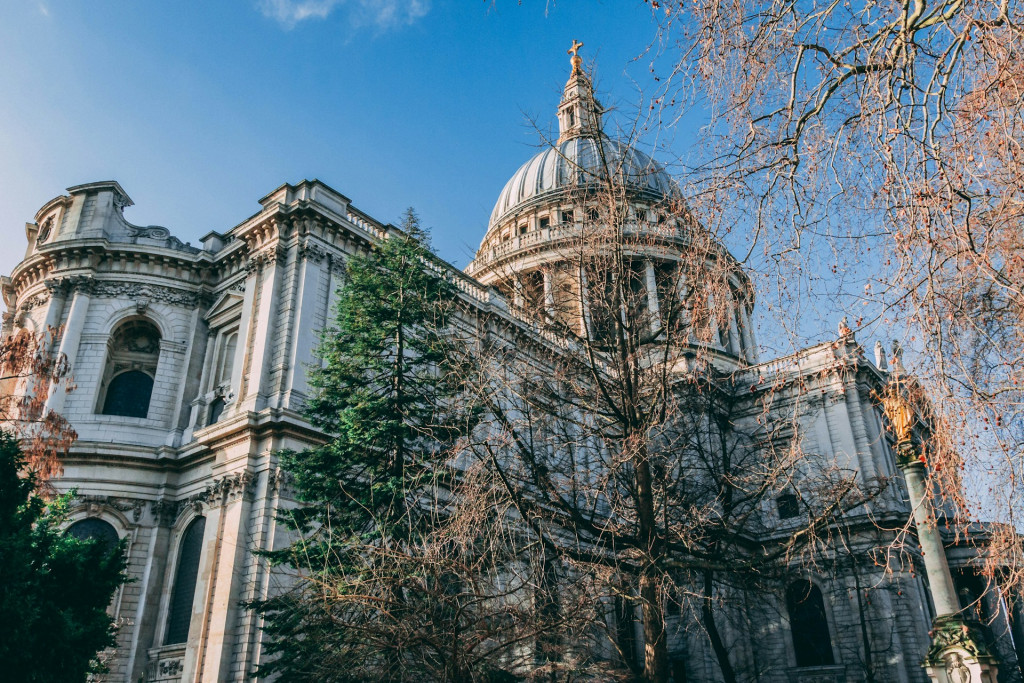
St. Paul’s Cathedral is another of London’s most significant historical landmarks. This landmark renowned for its stunning dome that dominates the city skyline. The designer of this landmark is Sir Christopher Wren in the aftermath of the Great Fire of London in 1666. St. Paul’s is a testament to the city’s resilience. This magnificent Baroque structure replaced the original medieval church destroyed in the fire and has since witnessed major events, including the funerals of Lord Nelson and Winston Churchill, as well as the wedding of Prince Charles and Princess Diana.
Buckingham Palace: The Heart of the Monarchy
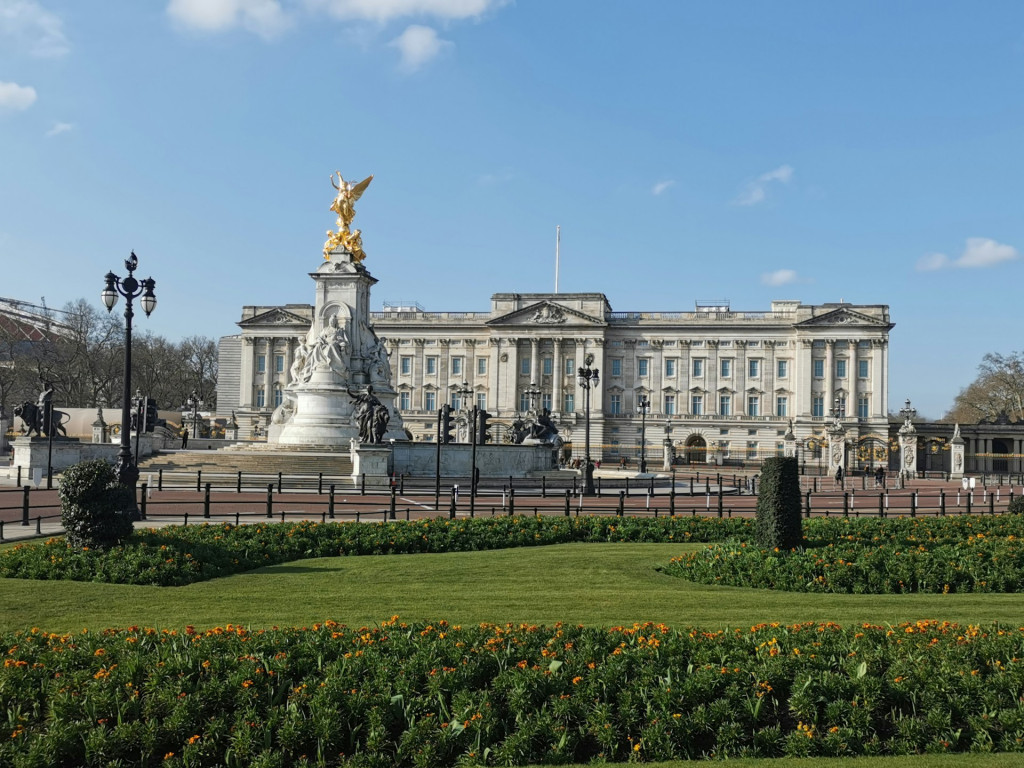
Photo by Francais a Londres on Unsplash
Buckingham Palace is perhaps the most famous royal residence in the world, and it continues to serve as the home and office of the reigning British monarch. While the palace itself is a relatively modern building compared to other historical landmarks in London, its association with the British monarchy makes it a must-see.
The British Museum: A Treasure Trove of History
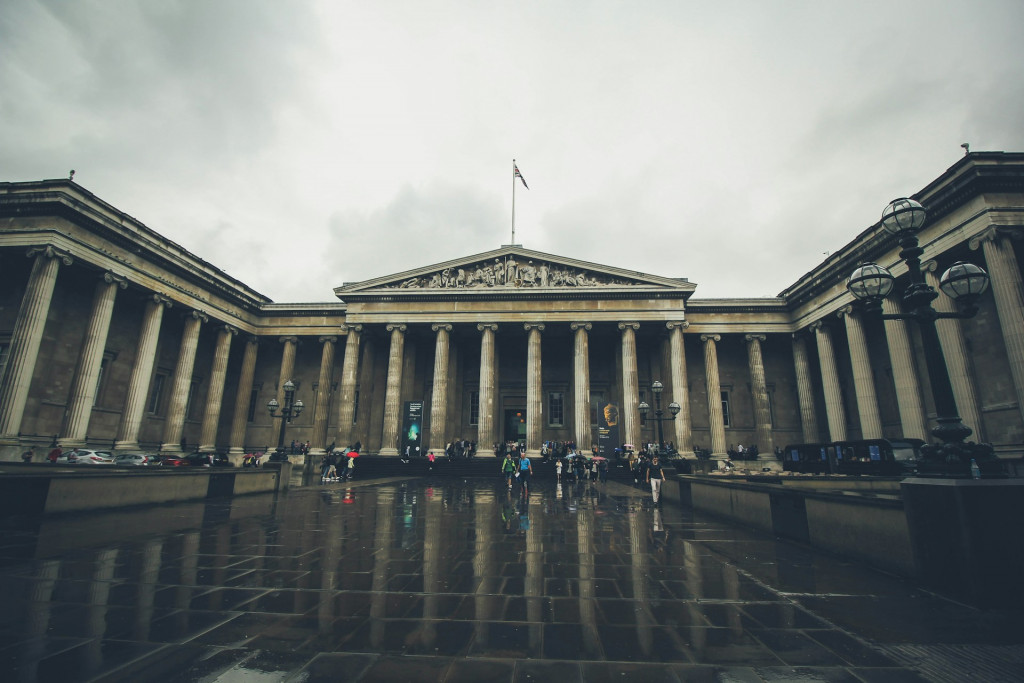
Photo by Tamara Menzi on Unsplash
The British Museum houses one of the world’s most comprehensive collections of art and artifacts, spanning over two million years of human history. It’s a historical landmark in its own right, as the museum was founded in 1753, making it one of the oldest museums in the world. The museum’s exhibits cover a wide range of civilizations, from Ancient Egypt and Greece to medieval Europe and Asia.
Conclusion
London’s historical landmarks offer a captivating journey through time, from its Roman beginnings to its role as the capital of a global empire. Each site tells its own unique story, contributing to the rich tapestry of London’s past. These landmarks allow you to connect with history in a profound way. No visit to London would be complete without exploring these timeless treasures, each offering a window into the fascinating legacy of this vibrant city.

